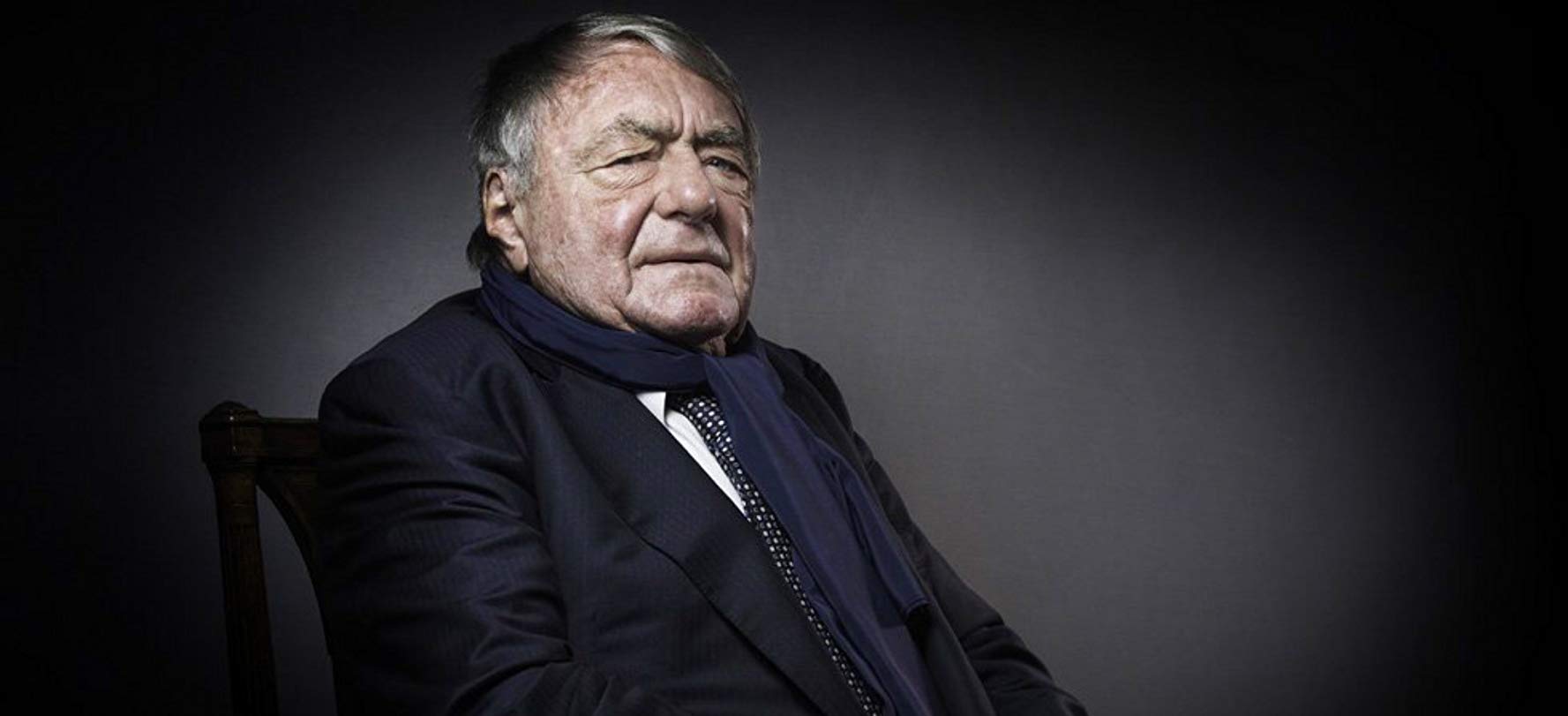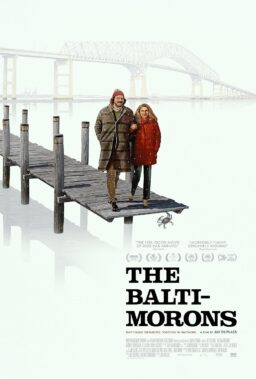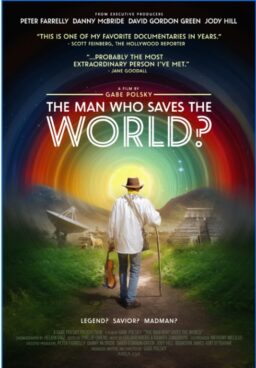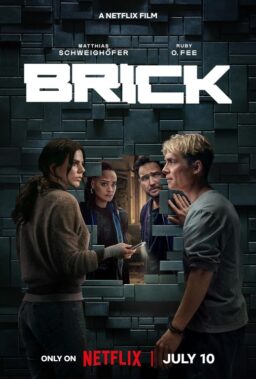The 1985 documentary “Shoah” was a movie whose critical reception, at least in its United States incarnation, was defined by a slight paradox. The nine-and-a-half hour movie about the Holocaust, specifically the Nazi death camps operated in Poland, was a work utterly defined by the personality, the aesthetic, and the moral determination, and determinations, of its director, Claude Lanzmann. While in France, Lanzmann was, at the time, a very well-known writer, editor, academic, and television personality/journalist—in fact a genuine old-school French intellectual, who was mentored by Jean-Paul Sartre and lived with Simone de Beauvoir for over a decade—his name in the U.S. was known only to the most Francophile members of the intelligentsia. Both he and the film seemed, stateside, to have come out of nowhere.
For anyone seeing “Shoah” for the first time, its immediate impression is the terrible story it tells, not just of man’s inhumanity to man, but of a specific hatred, anti-Semitism. The ignorance and stupidity that feed its, the moral apathy and indolence that make it tolerable to an entire population … not just the banality of evil but the grotesque insipidity of evil. It’s overwhelming. As Roger Ebert noted in his review of the film, one of the best pieces of writing about it, “It changes our point of view about the Holocaust. After nine hours of ‘Shoah,’ the Holocaust is no longer a subject, a chapter of history, a phenomenon. It is an environment. It is around us. Ordinary people speak in ordinary voices of days that had become ordinary to them.”
After assimilating that terrible revelation, though, viewers of the film are bound to consider the man behind the camera, who occasionally shows up in the frame. He is, as Roger put it, a “patient interrogator.” He sometimes seems chummy, sometimes sarcastic. He never betrays rage, nor indignation. As it happens, with some interview subjects, he pretended not to be a Jew.

Yet his anger, in the form of a very particular and very literary sense of irony, an irony in such short stock in contemporary culture that it’s difficult for many to recognize it as such, permeates the film. It exists in one of the rules he made for the film, one of the rules made for handling what remained his most vital filmmaking subject: not to show images of the camps as they were during their operation, nor in their aftermath. No depiction. Photos of emaciated corpses were worse than graven images. No. The filmmaking could only show the paces as they were when he brought his camera to them. The people speaking could only speak of what they remembered. Anything else would be unholy. Not even the mountain of shoes shown in Alain Resnais’ classic 1953 short “Night and Fog” was acceptable.
This could have been in part because, as writer Adam Shatz averred in an essay about Lanzmann’s memoir The Patagonian Hare, there was really nothing to show: “That was because there was nothing to show: the Nazis had gone to great lengths to conceal the extermination; for all their scrupulous record-keeping, they left behind no photographs of death in the gas chambers of Birkenau or the gas trucks in Chelmno. They hid the evidence of the extermination even as it was taking place, weaving pine tree branches into the barbed wire of the camps as camouflage, using geese to drown out cries, and burning the bodies of those who’d been asphyxiated.” But there was also a higher principle at work, which was clarified in Lanzmann’s denunciation of Steven Spielberg’s 1993 “Schindler’s List.” “Fiction is a transgression,” Lanzmann writes; “I am deeply convinced that there is a ban on depiction.”
In the same piece he writes: “’Shoah” is not a documentary, not for a second, because that is not my way of doing things, of thinking.” Reading his discursive, fascinating memoir, Lanzmann’s ego is almost made manifest, and it’s a strapping thing to say the least. But he is not wrong about “Shoah.” It is almost as much about his way of thinking and of doing things as it is about the Holocaust.
“’Shoah’ was a never-ending relay race,” he says about the nearly decade-long making of the film in that book. “[T]hose who supported me for a while later gave up and I had to persuade others to take up the torch, and still others to replace them, on it went to the very end – even after it was finished, as once the film was completed there was no money to pay for a first print. When asked how ‘Shoah’ was made, I sometimes answer, ‘If someone had said “the film has to be completed by such and such a date or your head will be cut off,” I would have been decapitated,’ despite … my particular dread of this form of capital punishment.”
But the movie kept on giving back to Lanzmann, and to us; the best of his later works are films taking up from points where “Shoah” left off, or telling stories he could not find room for in his earlier film. In such pictures he makes himself a more prominent presence, testifying with a mordant gravitas. I wrote this about his 2014 “The Last of the Unjust”: “More than a coda to ‘Shoah,’ a whole other movement, or maybe something like Beethoven’s ‘Grosse Fugue,’ a monumental work that just didn’t/doesn’t fit comfortably into a particular scheme, It is indignant, magisterial, ironical, fueled unabashedly by the force and indignation of Lanzmann’s own personality and grief.”
Lanzmann’s flame was an uncommon one. Filmmakers and people of conscience and compassion the world over would do well to keep its memory close by.












